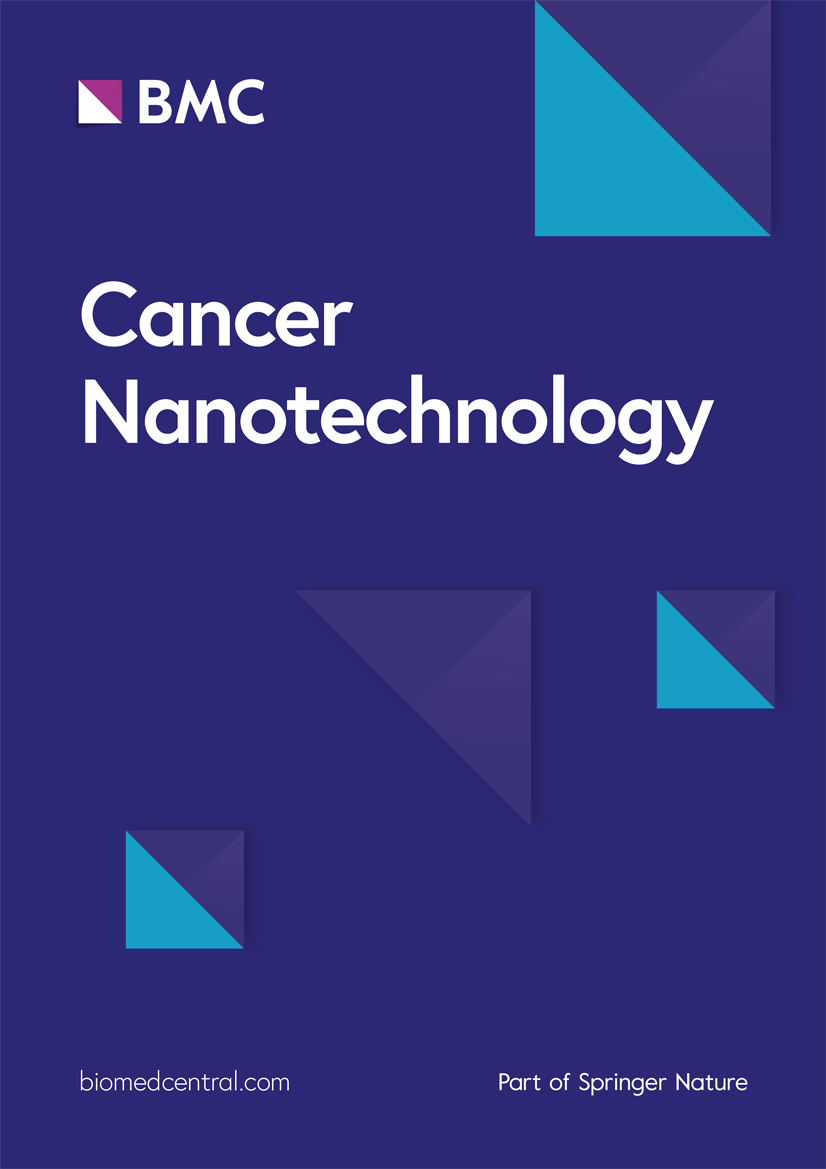Extracellular vesicle miRNAs for predicting the efficacy of late-line treatment with anlotinib in patients with lung adenocarcinoma
IF 4.8
2区 工程技术
Q2 NANOSCIENCE & NANOTECHNOLOGY
引用次数: 0
Abstract
Anlotinib is a targeted therapy indicated for some malignancies, including advanced non-small cell lung cancer (NSCLC). However, noninvasive biomarkers for identifying patients who will benefit from this disease remain lacking. Here, we investigated the potential of small extracellular vesicle (sEV) microRNAs (miRNAs) as predictive biomarkers for anlotinib efficacy. A total of 20 advanced NSCLC patients were enrolled. Patients were classified as having stable disease (SD) or progressive disease (PD) after the initial efficacy assessment. Seven differentially expressed miRNAs (DEMs) were identified. Among them, miR-941 was significantly upregulated in the PD group, while the others were downregulated. Furthermore, these six downregulated miRNAs (miR-30a-3p, miR-150-5p, miR-122-5p, miR-10b-5p, miR-92a-3p, and miR-150-3p) were more pronounced in nonsmoking patients. It was found that sEV miRNAs have the potential to predict the benefit of anlotinib.预测肺腺癌患者接受安罗替尼晚线治疗疗效的细胞外囊泡miRNA
安罗替尼是一种适用于包括晚期非小细胞肺癌(NSCLC)在内的某些恶性肿瘤的靶向疗法。然而,目前仍缺乏非侵入性生物标志物来识别将从这种疾病中获益的患者。在这里,我们研究了细胞外小泡(sEV)微RNA(miRNA)作为安罗替尼疗效预测生物标志物的潜力。共招募了20名晚期NSCLC患者。初步疗效评估后,患者被分为病情稳定(SD)和病情进展(PD)两类。研究发现了七种差异表达的 miRNA(DEMs)。其中,miR-941 在进展期组显著上调,而其他则下调。此外,这六个下调的 miRNA(miR-30a-3p、miR-150-5p、miR-122-5p、miR-10b-5p、miR-92a-3p 和 miR-150-3p)在非吸烟患者中更为明显。研究发现,sEV miRNAs有可能预测安罗替尼的疗效。
本文章由计算机程序翻译,如有差异,请以英文原文为准。
求助全文
约1分钟内获得全文
求助全文
来源期刊

Cancer Nanotechnology
Pharmacology, Toxicology and Pharmaceutics-Pharmaceutical Science
CiteScore
5.20
自引率
1.80%
发文量
37
审稿时长
15 weeks
期刊介绍:
Aim:
Recognizing cancer as a group of diseases caused by nanostructural problems (i.e. with DNA) and also that there are unique benefits to approaches inherently involving nanoscale structures and processes to treat the disease, the journal Cancer Nanotechnology aims to disseminate cutting edge research; to promote emerging trends in the use of nanostructures and the induction of nanoscale processes for the prevention, diagnosis, treatment of cancer; and to cover related ancillary areas.
Scope:
Articles describing original research in the use of nanostructures and the induction of nanoscale processes for the prevention, diagnosis and treatment of cancer (open submission process). Review, editorial and tutorial articles picking up on subthemes of emerging importance where nanostructures and the induction of nanoscale processes are used for the prevention, diagnosis and treatment of cancer.
 求助内容:
求助内容: 应助结果提醒方式:
应助结果提醒方式:


